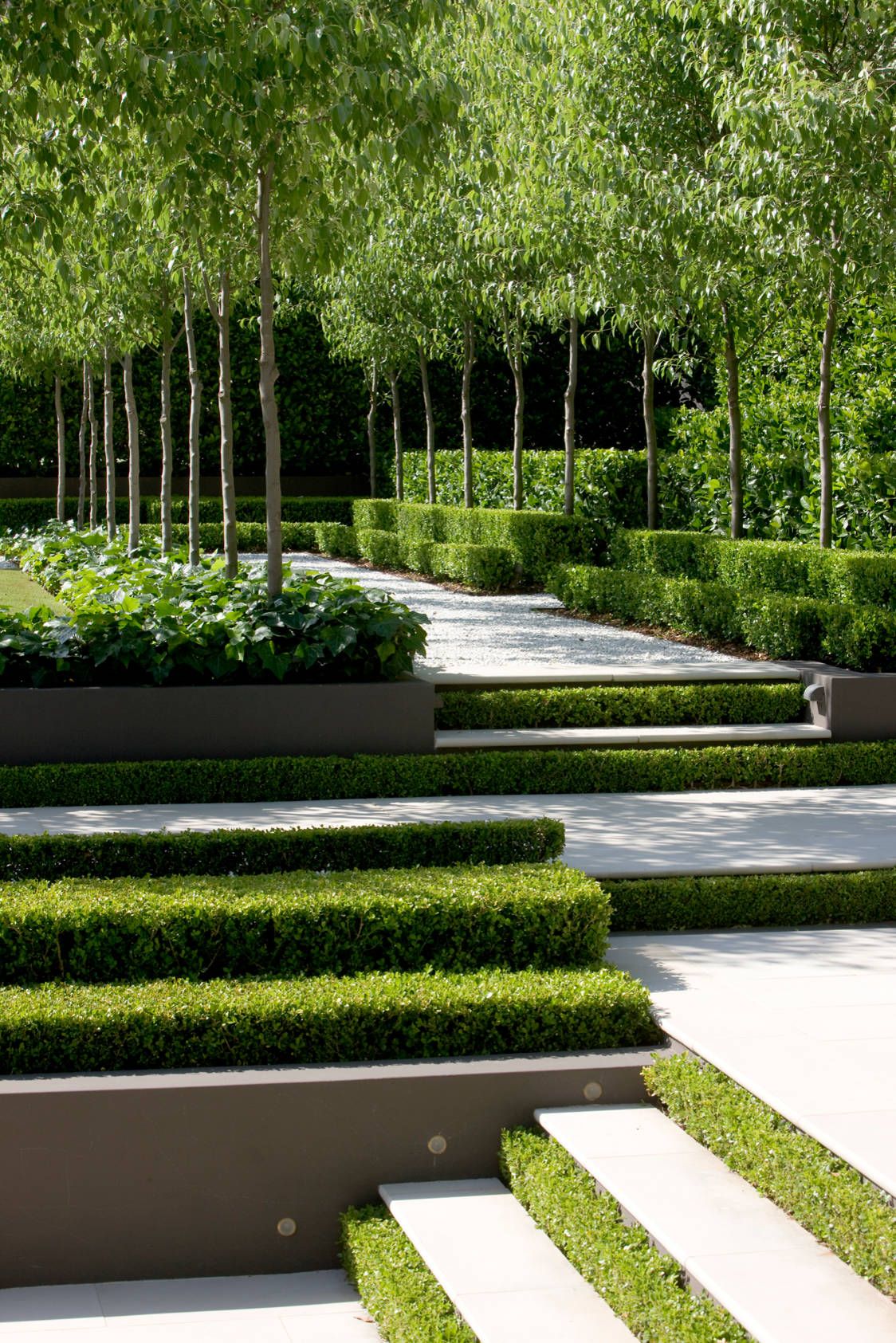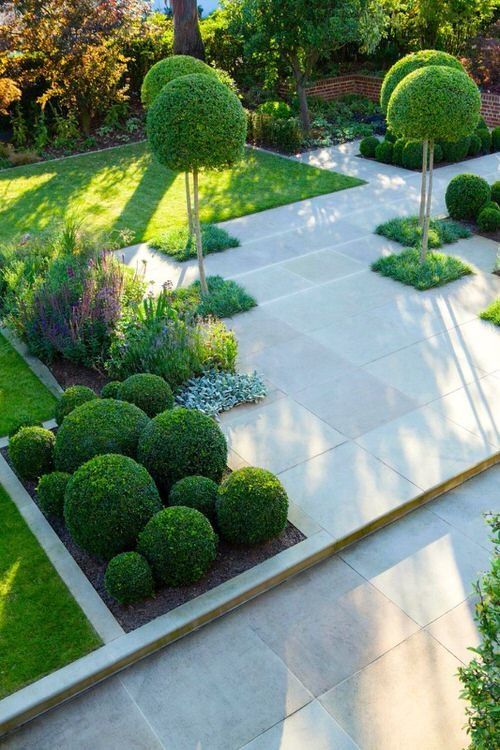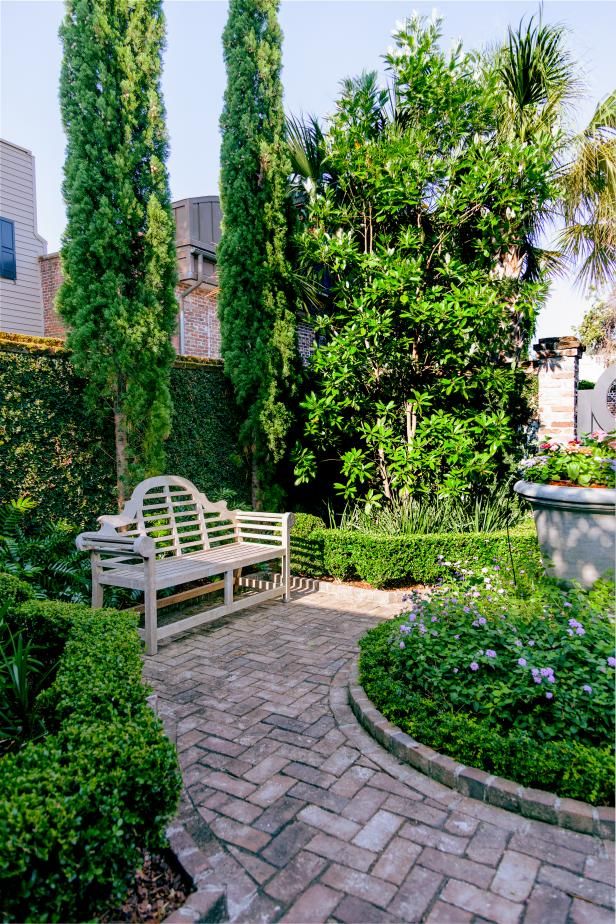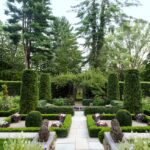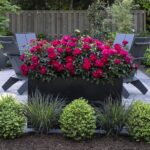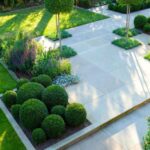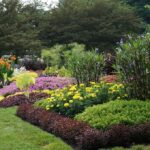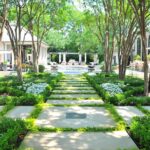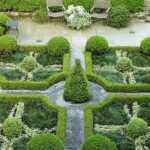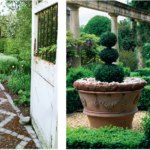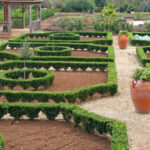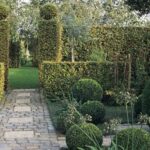Formal garden design has a long history dating back to ancient civilizations such as the Egyptians, Greeks, and Romans. These gardens were typically symmetrical in layout, with geometric shapes and straight lines, reflecting a sense of order and control. This style of garden design became popular in Europe during the Renaissance period and has continued to be a preferred choice for many garden enthusiasts today.
One of the key elements of formal garden design is the use of structure and symmetry. Gardens are often divided into compartments or “garden rooms,” each with its own distinct design and purpose. These compartments are connected by pathways or avenues, creating a sense of flow and order within the overall layout. The use of geometric shapes, such as squares, circles, and rectangles, is also common in formal garden design, adding a sense of balance and harmony to the space.
Formal gardens are often characterized by their use of formal elements, such as topiary, hedges, and clipped shrubs. These elements are carefully shaped and maintained to create a sense of precision and elegance within the garden. Boxwood hedges, in particular, are a popular choice for creating formal garden borders and defining pathways. Topiary, or the art of shaping plants into geometric or figurative forms, is also commonly used in formal garden design to add interest and visual appeal.
In addition to the use of structure and symmetry, formal gardens often feature formal elements such as statuary, fountains, and ornamental features. These elements are strategically placed throughout the garden to create focal points and add interest to the space. Statues and sculptures, for example, can be used to create a sense of grandeur and elegance, while fountains can add a sense of tranquility and movement. Ornamental features, such as urns, obelisks, and trellises, can also be incorporated to add a touch of sophistication and style to the garden.
Another important aspect of formal garden design is the careful selection of plants and flowers. Traditional formal gardens often feature a limited color palette, with a focus on classic and elegant plants such as roses, lilies, and boxwood. These plants are typically arranged in symmetrical patterns and are carefully maintained to create a sense of order and cohesion within the garden. Plantings are often kept neat and tidy, with a focus on maintaining clean lines and clear boundaries between different areas of the garden.
Overall, formal garden design offers a timeless and elegant style that can bring a sense of structure and balance to any outdoor space. By incorporating elements such as structure, symmetry, formal features, and carefully selected plants, a formal garden can create a sense of order and tranquility that is both beautiful and inspiring. Whether you prefer a classic French parterre or an English knot garden, formal garden design offers a variety of options to suit your personal style and taste.
 yishifashion Where Outdoor Dreams Become Reality
yishifashion Where Outdoor Dreams Become Reality
